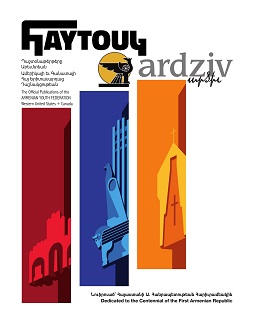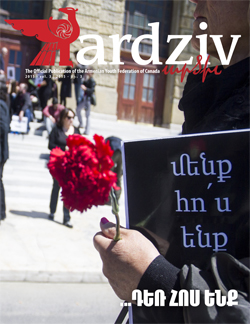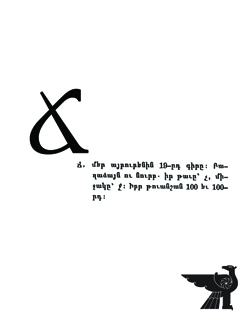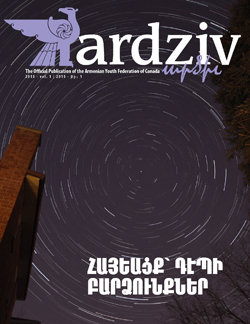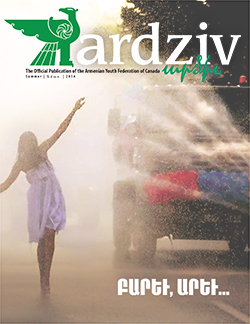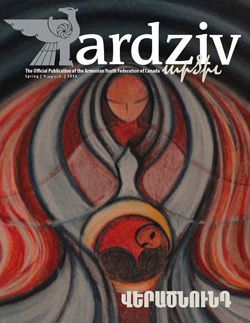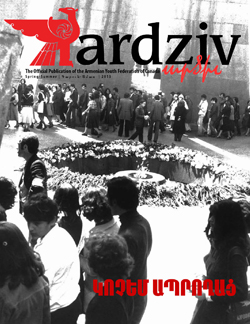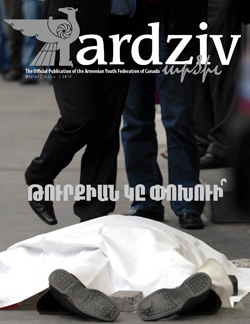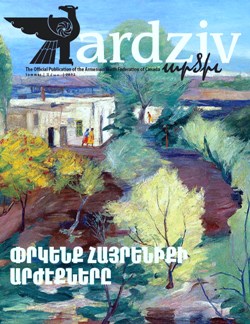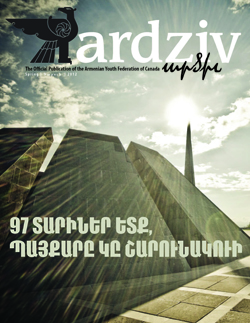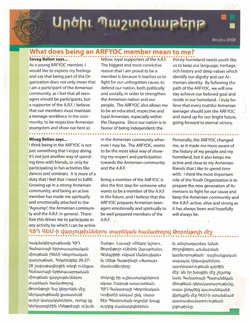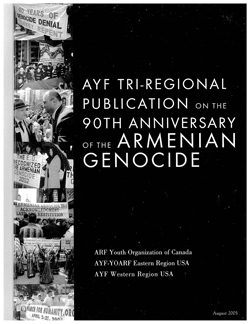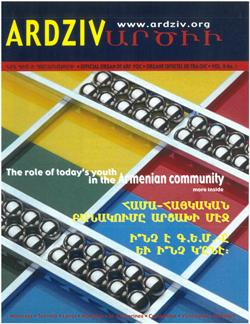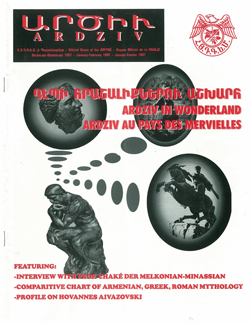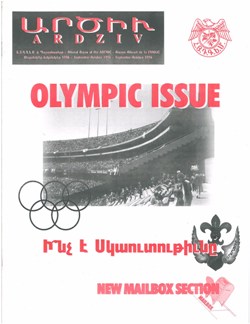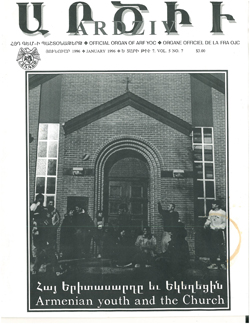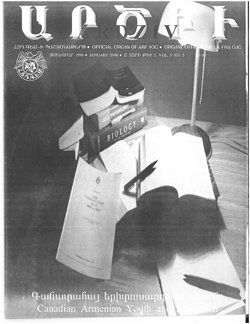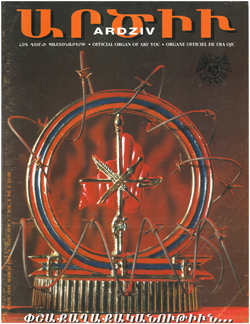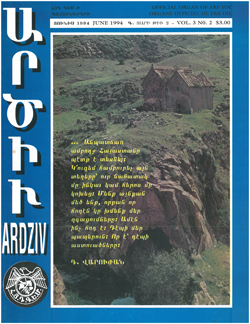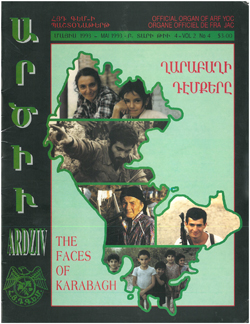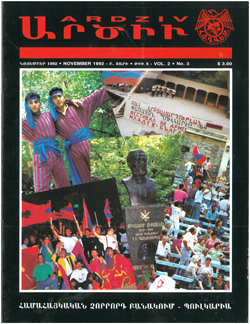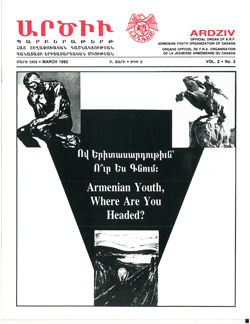Keeping Our Gaze Upwards: A brief history of Armenian astronomy
By: Chris Joly | Posted on: 04.03.2015Warning: Undefined array key "ssba_bar_buttons" in /home/u108981792/domains/ardziv.org/public_html/wp-content/plugins/simple-share-buttons-adder/php/class-buttons.php on line 602
Warning: Undefined array key "ssba_bar_buttons" in /home/u108981792/domains/ardziv.org/public_html/wp-content/plugins/simple-share-buttons-adder/php/class-buttons.php on line 602
Warning: Undefined array key "ssba_bar_buttons" in /home/u108981792/domains/ardziv.org/public_html/wp-content/plugins/simple-share-buttons-adder/php/class-buttons.php on line 602
Warning: Undefined array key "ssba_bar_buttons" in /home/u108981792/domains/ardziv.org/public_html/wp-content/plugins/simple-share-buttons-adder/php/class-buttons.php on line 602
Since the beginning of time, Armenians have cast their gaze upwards- fascinated by the thick blanket of stars above our ancient homeland. The placement of rocks by our ancestors is one example of this, as they were undoubtedly settled using these astronomical guidelines. From Karahunj to Byuragan, Armenians have never stopped looking up, and most likely never will. More recently, during its time as a Soviet state, Armenia was considered an astronomical powerhouse and despite recent turbulence in the country, the state of its astronomy program remains respectable.
The move towards scientific supremacy during the time of Soviet Armenia pushed the country to the forefront of astronomical discovery amongst its fellow USSR counterparts. There are a number of names and events in our recent communal history that cannot be forgotten during a discussion of Armenia’s astronomical presence.
Victor Ambartsumian
Victor Ambartsumian is a name synonymous with Armenia’s exploration of the starry skies. This internationally respected scientist attended Leningrad University, where he was a prominent figure in the scientific community. He founded the Byuragan Astrophysical Observatory (BAO) in 1946, and acted as its director until 1988. Thanks to his hard work and the work of his contemporaries, it remains one of the best known observatories on the planet. Working at the BAO, he pursued a variety of theories that have been enlightening in the world of astronomy and cosmology, such as the Invariance Principle, the early life stages of stars, stellar associations, and active galactic nuclei.
From 1948-1955, he was vice-president of the International Astronomical Union (IAU), and from 1961-1964, its president. He helped found the Armenian Academy of Sciences and became its vice-president, and later its president in 1947. He worked to share his knowledge of the skies with his contemporaries and one of the ways he garnered success here was through his style of presentation, where he quoted poets and philosophers, attracted many intrigued astronomers to listen and observe. He published over twenty books, over two-hundred scientific papers, and several articles. He received numerous medals and prizes from many nations for the work that he did, and was well revered by his contemporaries.
Ambartsumian passed away August 12, 1996 and is regarded as one of the most prominent scientists of the twentieth century. On his eightieth birthday, Subrahmanyan Chandrasekhar, (an astrological superstar in his own right- the founder of the point where a white dwarf star can collapse into a neutron star) wrote about his esteemed friend and colleague: “There can be no more than two or three astronomers in this century who can look back on a life so worthily devoted to the progress of astronomy.” His legacy continues at the BAO, where he made great discoveries alongside some of his contemporaries.
Benyamin Markarian
A student of the great Ambartsumian who, under his close guidance, successfully defended his thesis on a paper he wrote called, “The fluctuations observed in the visible distribution of stars and the cosmic absorption.” In 1946, Markarian worked alongside Ambartsumian in helping establish the BAO, where the majority of his discoveries would take place.
Markarian played a big role in building the BAO. He helped select the observatory’s current site, and even assembled almost all of the telescopic equipment there. The work that he did at the BAO was extraordinary. He pursued theories related to the physics of stars, star clusters and galaxies. He confirmed that stellar associations expand over time. He created a new classification of stellar clusters, which led to his publication of a book called, An Atlas of Different Types of Stellar Clusters in 1952.
However, this was only the beginning of his career. In 1963, he found over seventy-three galaxies that had unusual spectral pattern. As a result, he created a method of finding these galactic bodies, which led him to use that very method in the BAO’s first survey of the night sky from 1965 to 1980. That survey found over fifteen-hundred celestial objects of that same type, which have been named after its discoverer. Collaborating with other astronomers in the Soviet Union and the United States, these galaxies were observed and our understanding of the Universe became more refined.
It is a source of great communal pride that this discovery is considered one of the most important achievements of twentieth century physics. In addition to his work, he was also active in many organizations- realizing the importance of spreading the word surrounding this science and encouraging his contemporaries to get involved in its ongoing expansion. These organizations became the public face for Armenian astrological advancement and their success is accredited largely to Markarian’s hard work.
The organizations he was active in were the IAU, Academy of Sciences of the Armenian SSR, the Astronomical Council of the USSR Academy of Sciences, among many other organizations. Markarian published more than a hundred scientific papers during his lifetime, and passed away on September 21st 1985.
Armenia’s Astrolocial Program: Post-Soviet Era
Due to the collective powers and resources of the USSR, Armenia’s astronomical community greatly expanded at the time. While Armenian astronomers revolutionized the astronomical and cosmological communities, things became harder after the dissolution of the Soviet Union.
Many astronomers living in Armenia were put in a tough situation. Most left Armenia for other nations and The Armenian National Academy of Sciences (an organization that Ambartsumian helped establish) reported that it, like other Armenian institutions, struggled due to major cuts by the government.
From 2003-2009, the Armenian Astronomical Society (AAS) was unable to pay its annual membership fee. The IAU graciously waived the AAS’s fees mostly due to the deep reverence that Armenian astronomers have in the scientific community. However, this was not a permanent solution and after the IAU waived five years’ worth of fees, the AAS accumulated approximately $22,000 in debt to the IAU.
The BAO’s director at the time, Hayk Harutyunyan, addressed a news conference and appealed to all Armenians – “By losing International Astronomy Union membership, Armenia will be deprived of many benefits, [such as] international connections, scientific and financial assistance.” Hatutyunyan also commented that in addition to possibly losing IAU membership, the lack of government funding might cause Armenia to lose its scientific capability.
The Diaspora Responds
A Canadian Amenian General Benevolent Union (AGBU) member, Chahe Tanachian, who graduated from the AGBU Armen-Quebec Alex Manoogian School of Montreal and is its current principal, came to the AAS’s aid on July 19, 2009, calling for Armenians all over the world to donate money to the AAS so it could pay off its debts.
Armineh Garabedian, who was president of GlobVision Inc. was the first to answer that call and paid the fees from 2004. Then, Armenian National Academy of Sciences president Radik Martirossian paid for the fees from 2008. In total, $10,000 was raised and paid to the IAU. The rest was paid off by the Armenian government. As a result, AAS’s suspension was halted, and it remained a full member. In the latest decision on this matter, the Armenian government has agreed to pay for the AAS’s membership fees and it hasn’t missed a payment since.
The Byuragan Astrophysical Observatory (BAO) Today
Today, 23 years after Armenia’s independence, the BAO has over seventy-five researchers, twelve of whom are Doctors, while thirty-eight are PhD candidates. Despite poor funding from the government, the BAO is doing well and is currently working on collaborations with other astronomers in France, Germany, Italy, the United Kingdom, Spain, Russia, the United States, Mexico, Japan, China, India and other nations. Its researchers are involved in studies of young stellar objects, variable stars, many active galactic nuclei, observational cosmology, radioactive transfer theory, and are also digitizing the BAO surveys. The BAO is still productive due to these collaborations with other nations; however, the future of Armenian Astronomy remains to be seen.
Armenia’s Astronomical Community: Looking Ahead
Most will agree that no matter how rich and notable Armenia’s astronomy program has been in the past, what is of utmost importance is moving it forward by embracing the newest theorem and technological advantages available.
One way to stay remain relevant within this scientific community is by engaging in collaborations and partnerships with other likeminded associations. Currently, there is collaboration between the BAO and the Hamburg Quasar Survey team to combine their databases, in order to make one large database for virtual observatories. Once the current project of digitizing the BAO surveys is complete, it will create a database of twenty-million objects.
Since there is no other observatory that is as active as the BAO in Armenia, it is likely that the BAO will continue to be the country’s center for astronomy. Many astronomers started in the BAO, and it has the potential to attract many young astronomers from all over the Caucasus to train in and learn about astronomy and cosmology.
Throughout a tumultuous history of both ups and downs, Armenians continue to look to the skies, and we will keep our gaze upwards and interstellar forever.










